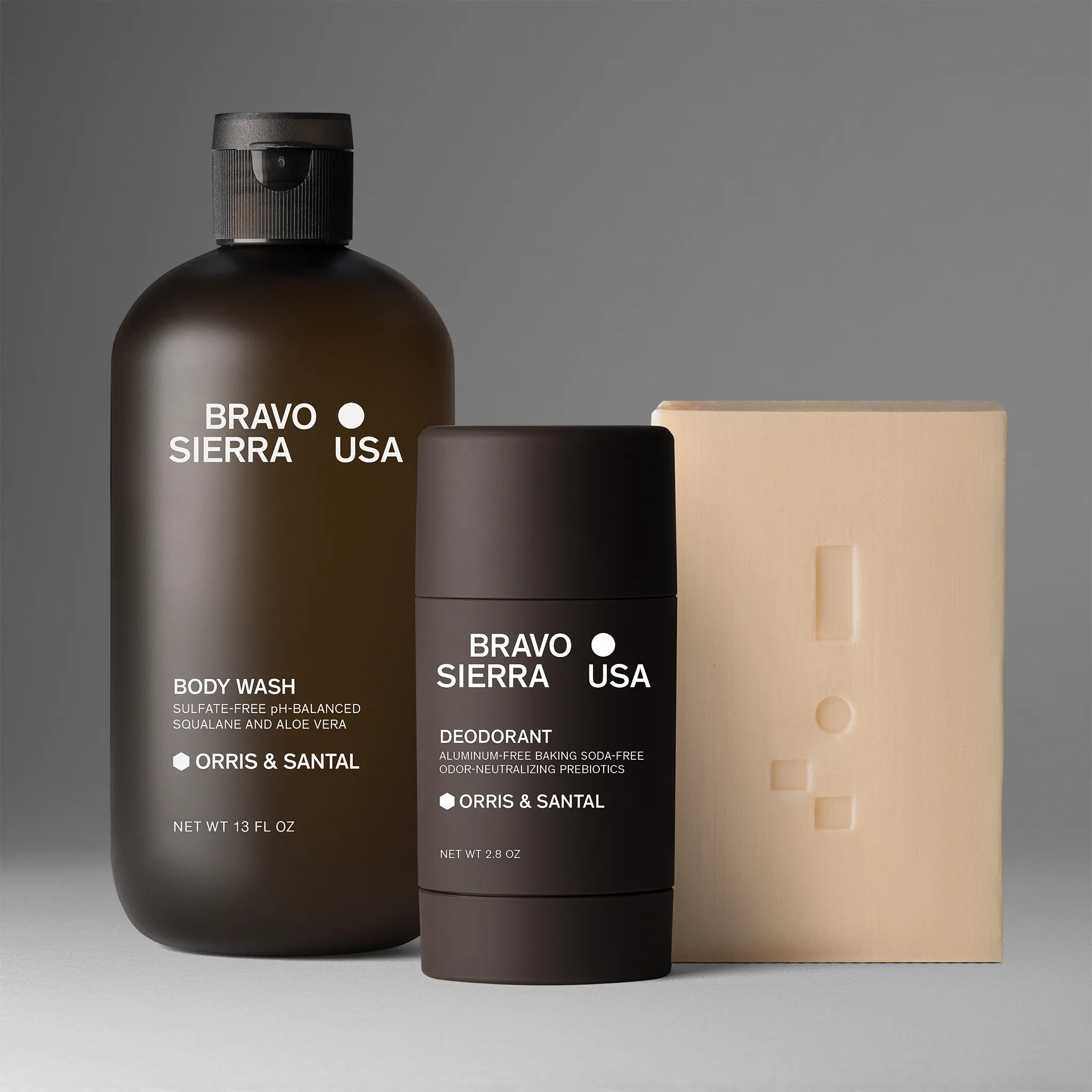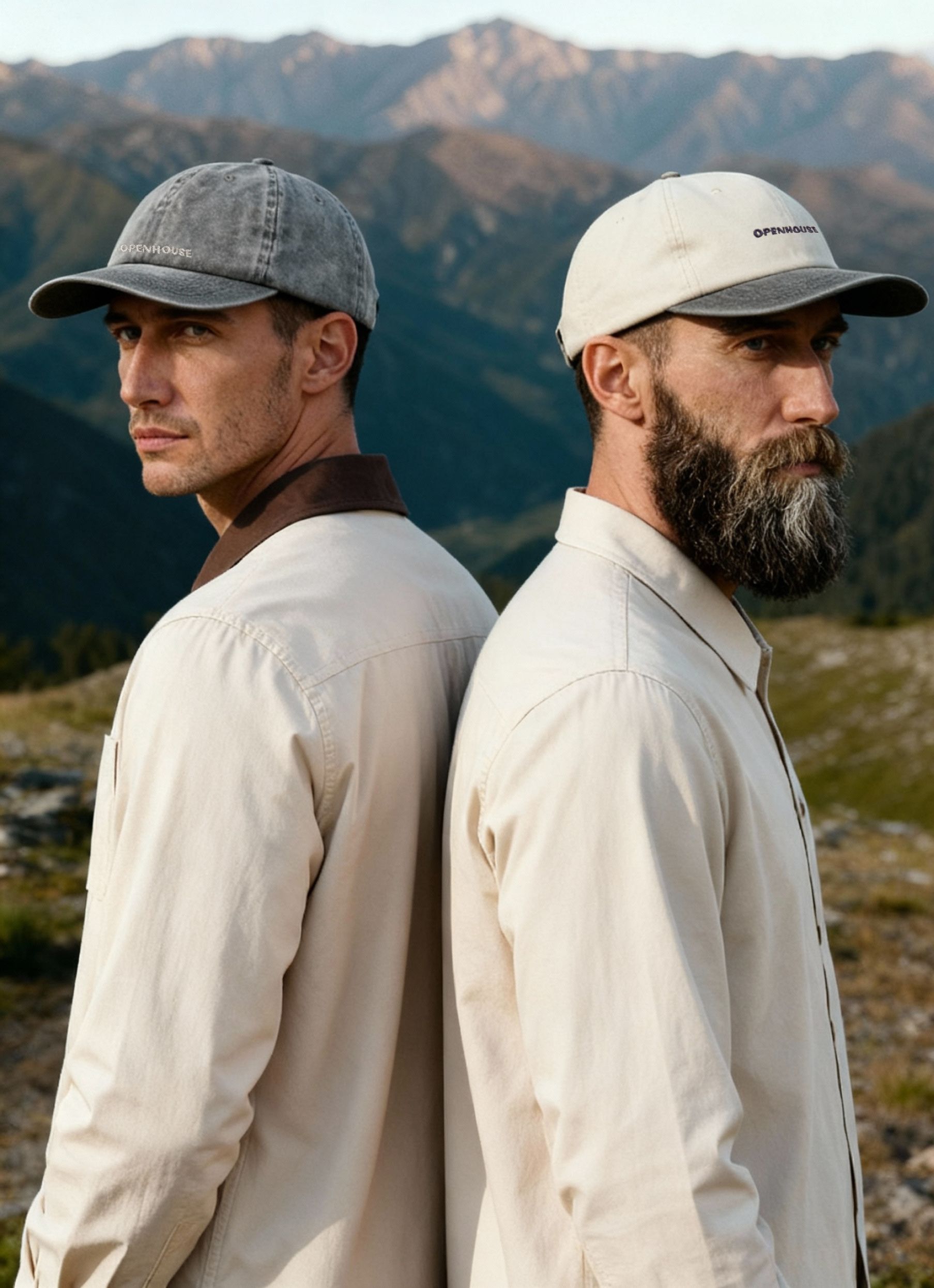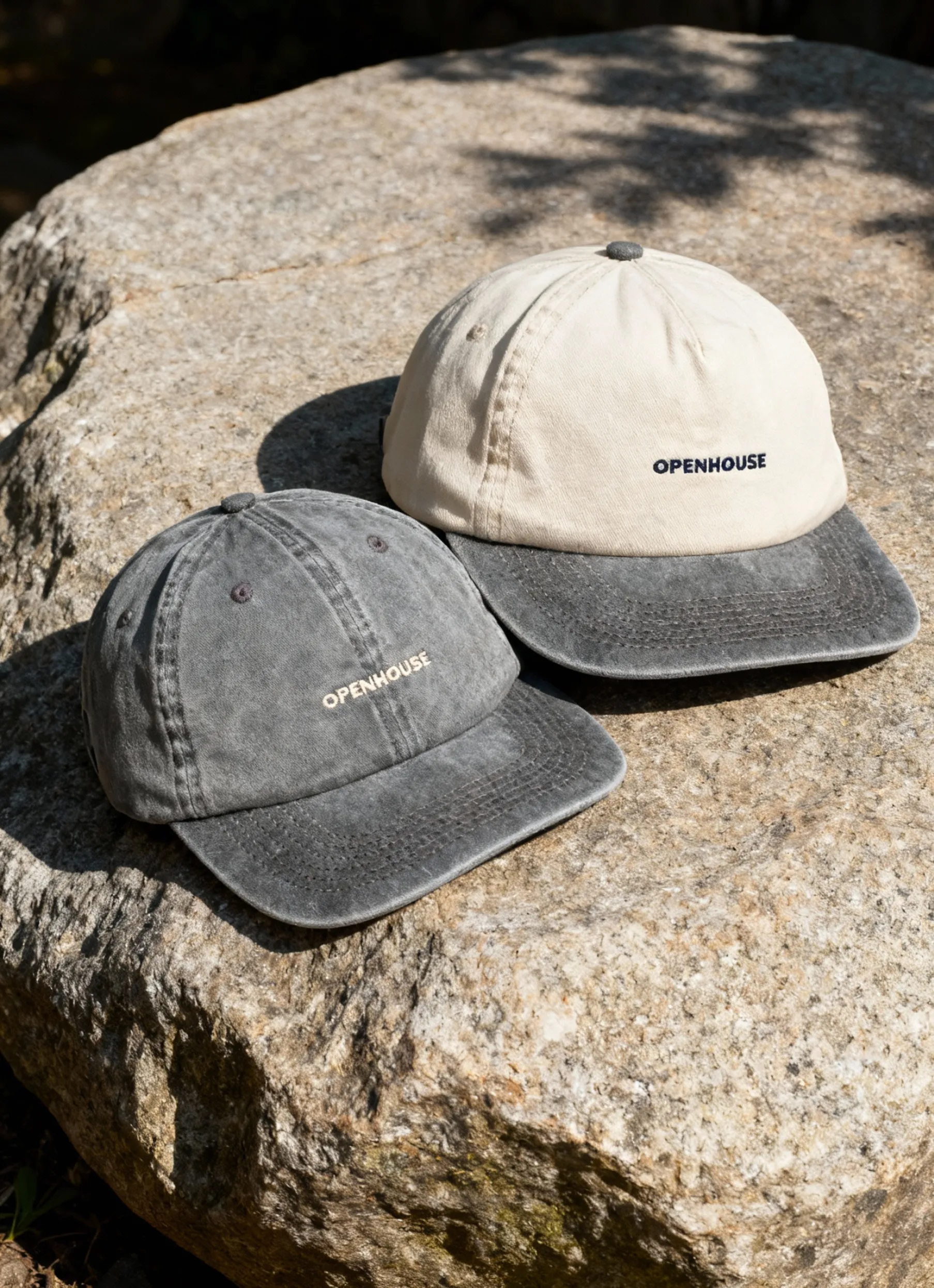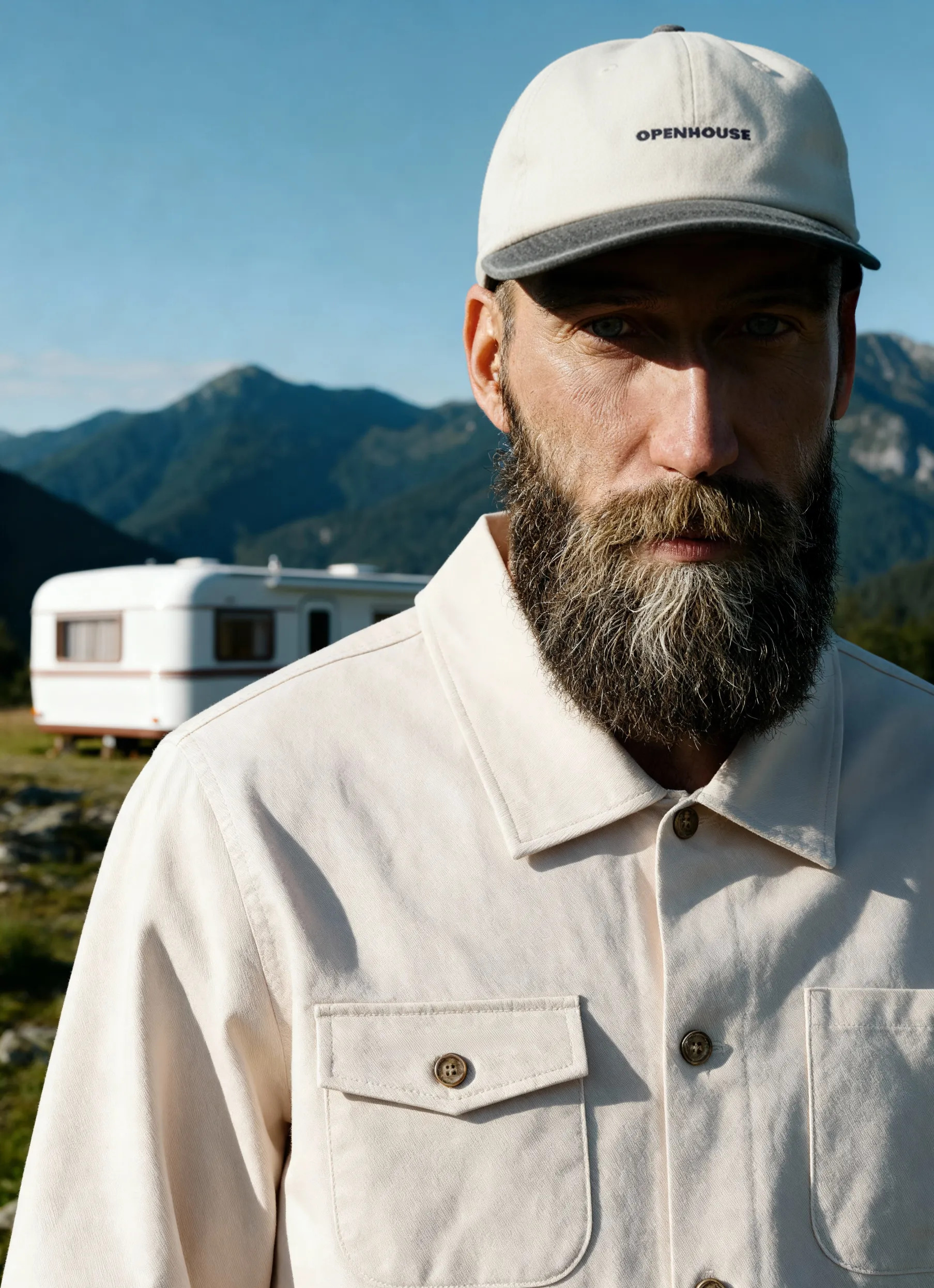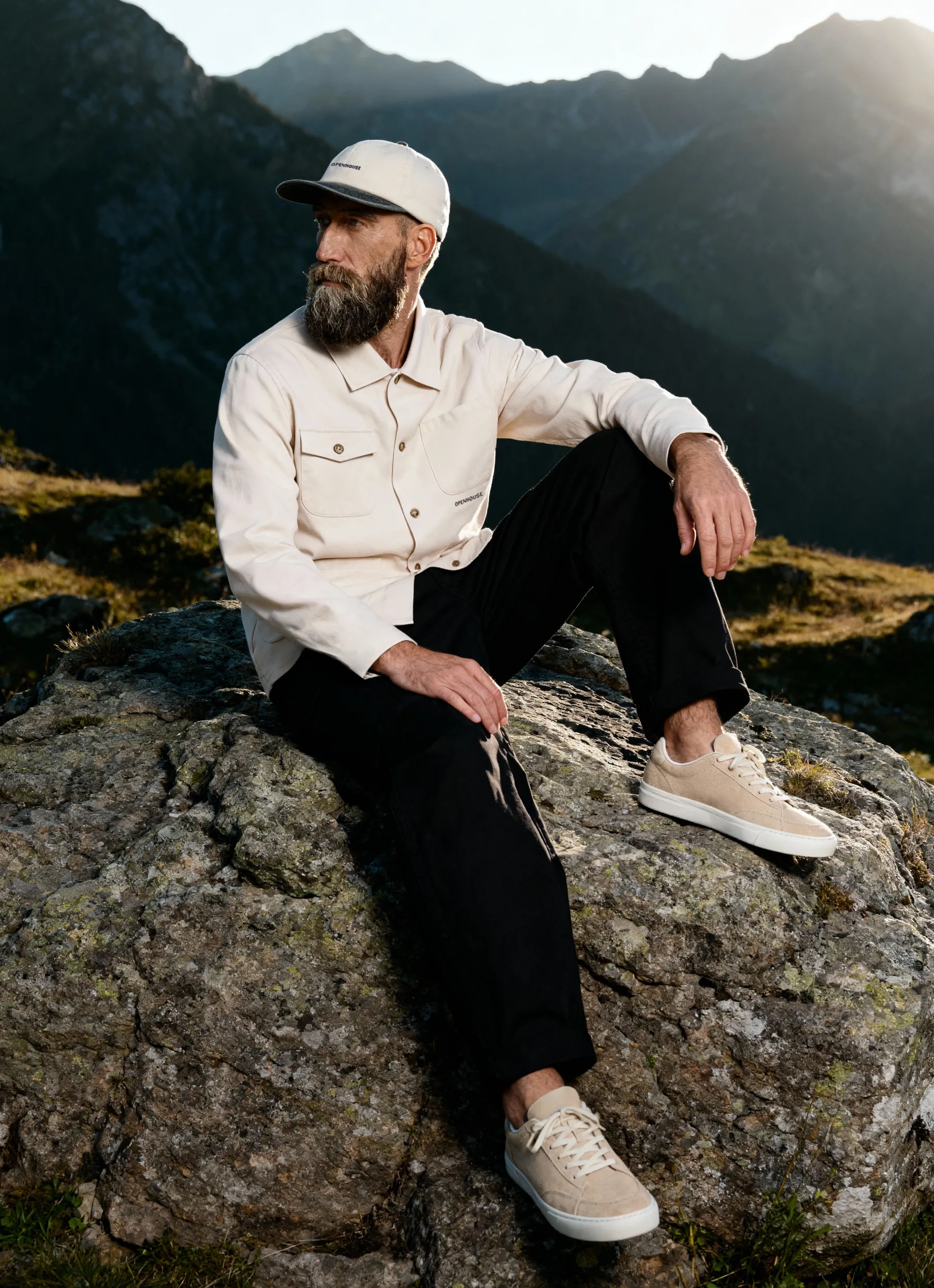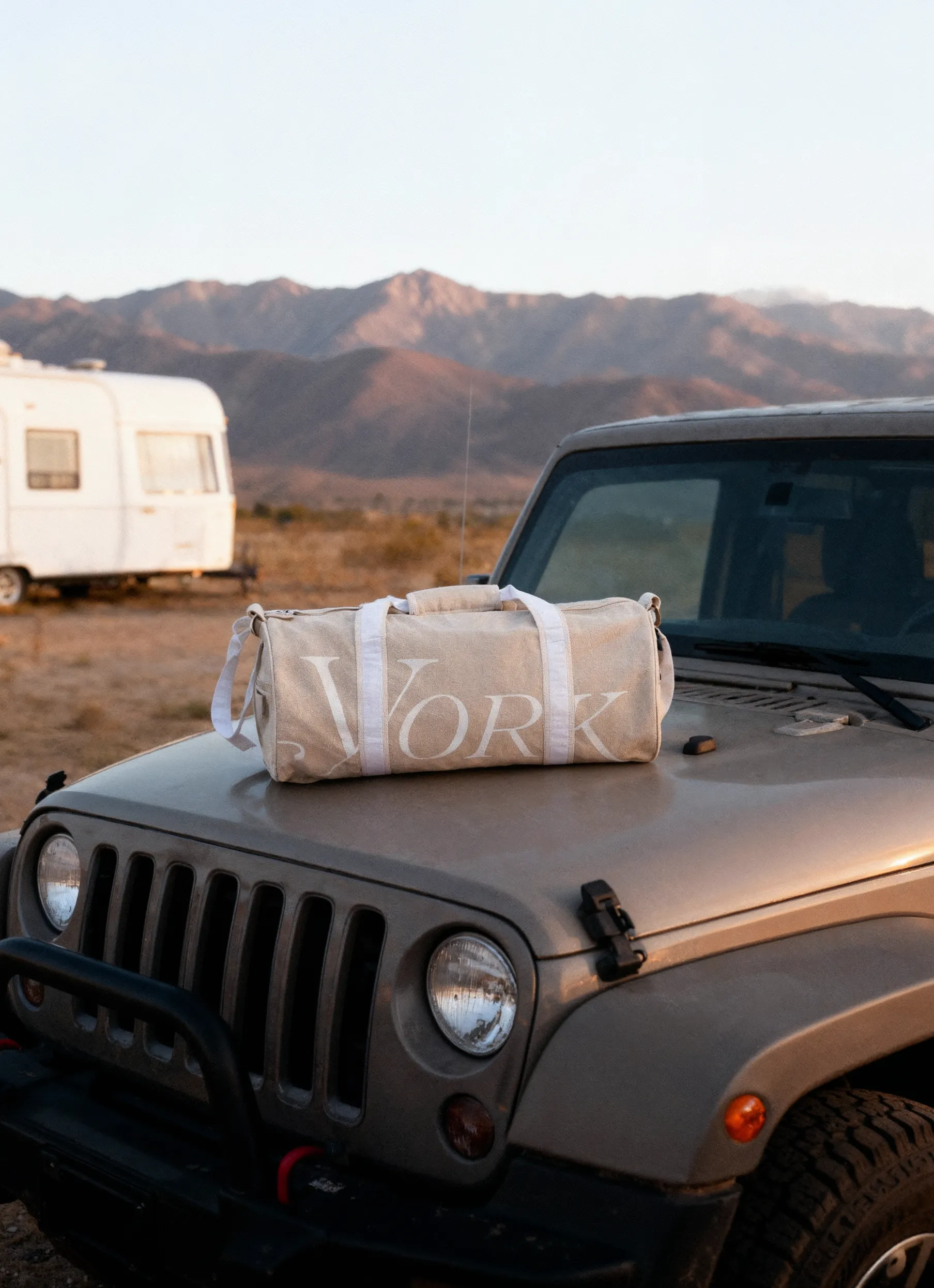The handbag market is expected to reach $71.37 billion by 2025 and is projected to grow annually by 3.95% CAGR (compound annual growth rate) in the following four years. Major players in the segment, such as LVMH, Gucci, and Michael Kors, are aiming to attract the most promising developing markets, such as China, Brazil, and India.
In a market driven by aesthetics, perception, and brand loyalty, bag product photography has become more than a tool — it’s a strategic asset.
Bags Don't Sell Themselves — Product Photos Do
Emotional buying, also known as impulse buying, still has a long way to go in e-commerce. Most of it still happens offline, 8 out of 10 in a brick-and-mortar store.
Nonetheless, almost 40% of e-commerce purchases are attributed to impulse purchases.
What drives a purchase?
- High-quality image
- Price with a clear benefit
- Timed offer
When all three align, the sale happens.
Just as with every other category of product images, bag photography can help you grow your revenue by:
- Growing your social media fan base through catchy images;
- Increasing your CTR (click-through rate) in Google Shopping Ads;
- Lowering return rates by showing the product as it is;
- Driving purchase motivation by using lifestyle photography with models;
- Boosting the conversion rate, as the product images at different angles mimic the in-store experience, whereby a customer can nearly feel the item.
Professional bag photography can boost sales in many ways. But none of that matters if your visuals fall short — your customer leaves instantly.
Low-quality images cost you credibility, trust, and, finally, the sale.
From Tote to Clutch: Bag Photography That Converts
Totes lead in sales due to their universal nature, classic style, and ample capacity. However, the current offering is impressive, with over a dozen different types of this accessory available.
There are sporty and formal types, practical and fashion-driven, with one handle, two or three. There are leather, plastic, and straw ones. These are for a camping trip and a black-tie event.
These are most frequently included in the filter section of the e-commerce shop specializing in handbag and luggage sales:
- Tote bags
- Shoulder bags
- Crossbody/messenger bags
- Belt bags
- Bucket bags
And a few more bag types:
- Shopper bags
- Rucksack/backpack
- Clutch bags
- Mini bags
- Pouches
- Wallets
E-Commerce Requirements for Bag Product Photos
Consistent background
The white background is the number one for marketplaces, as too much is happening on those pages anyway.
Black backdrops or even textured surfaces are often used for men's bags and rucksacks sold in brand online stores.

Social media images of handbags can be placed against colored backgrounds to capture attention and create a mood.
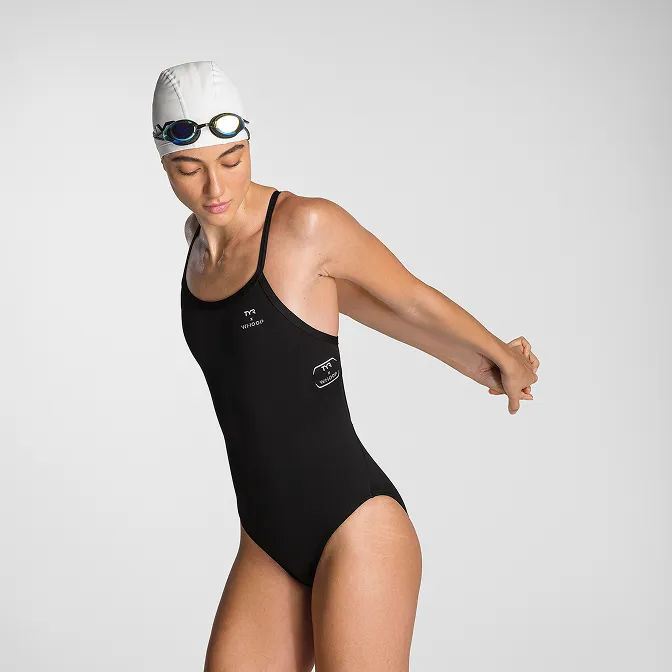
Multiple Angles
The minimum recommended number of images for one bag is 5; this allows for a lot of detail yet leaves the customer craving to explore the item further physically when unpacking it.
- Front shot [main shot, no clutter]
- ¾ angle [dynamic]
- Close-up detail [speak of the quality]
- From above with items [showcase capacity]
- Lifestyle [models and props bring a product to life]
Proper Lighting Setup
Good lighting and accurate colors are essential in commercial product photography. Soft, even lighting ensures accurate color representation and clearly reveals the bag’s details — preventing product returns caused by misleading visuals. Together, these elements create trustworthy images that drive purchases and increase profit.
How to Plan a Photo Shoot for Your Bags & Luggage Shop
- Compile a list of items with technical requirements. Start by inventing what needs to be shot and which angles and product combinations you would like to see at the end of the exercise.
- Research and book all services for the date of the shoot. **Before the photoshoot, there is a lot of coordination, contracting, and rental to take place: models' recruitment, camera equipment rental, security and insurance for premium items, bags, product photography studio rental, hiring a photographer, an assistant, and a makeup artist.
- Plan and buy all props. **If you are considering using props, colored backgrounds, etc., ensure you have them ready in advance.
- Prepare for shipment. **Depending on the scale of things, this may be a minor or a huge task. Getting ready for shipment is a vital part of the process. Don't forget to get insurance if you are shipping luxury bags.
- Prep and triple-check all items before shipping. **Inspect all inventory before shipping for damage and imperfections, clean it, and pack it.
- Set up the lineup and finalize preparations. **Once on the photo set, arrange all items nicely in the order of the shoot and give them a final dusting and polish. If necessary, use canned air to remove any dust specks.
- Set up your lighting & equipment. **Set up lighting and reflectors according to the results you need.
- Make some test shots. Make a few test shots before you are happy with how the light and shadows work on your screen. The purpose of this exercise is to achieve the optimum exposure and reduce any extra photo editing.
- Conduct the shoot. Execute the shoot of all bags, purses, and backpacks as per the technical task.
- Double-check the technical task. While you are still on set, go back to the initial plan and make sure you have all the required shots done as agreed.
- Edit your photos. **You can now retouch photography in the comfort of your office. You might want to read our extensive piece on e-commerce photo retouching.
At this stage, remove any spots and blemishes. Adjust straps using the liquifying tool. Extend the background if needed. Work on the shadow. Change the background to white. Adjust exposure and contrast settings. Resize the picture as needed.

Insider Tips for Creative & Commercial Bag Product Photography
- Use a nylon string or a fishing wire to hold a bag for upright shots – you can fix it to a hook above or a rack above the product.
- Mark your table or use overlays to ensure bags in the series are positioned in the same spot for consistency across the series.
- Canned air spray helps remove any dust before the shoot to reduce post-production costs.
- Check inside the bag and see if it may be hiding some really stunning design – like a silk underlier or an exquisite zipper worth a close up shot.
- If the straps are removable, make one shot without straps to feature a more laconic version of a purse.
- Use stuffing for backpacks and similar items with little body to them, but don't overstuff them, like they are ready to explode.
- If working on a budget, you can try using your hand as a model: take a buckle or a strap in your hand and make a close shot – you might be impressed with the results.
- Always make sure your model doesn't hide the brand insignia or label on the back with her hand when posing.
Cost of Making Commercial Bags Photography
While we have written an extensive article on product photography pricing and have a pricing page that has different subscription plans, the rough estimate for such work will average in a professional photo studio in New York as follows:
- Hero shot with creativity and styling: $80-130 per image
- Single product: starting at $50 per image
Note that these are approximate prices for a bag product shoot without models.
When to Upgrade to Professional Handbag Photography
DIY photos work in the early stages, but growing brands need a professional bag photoshoot to meet customer expectations. High-quality images showcase craftsmanship, elevate brand identity, and drive sales — making professional handbag photography one of the best investments in e-commerce.
Even the best marketing won't perform if your visuals fall short.
Need high-quality bag images? Send your project request today.
Product A
SQUARE SHOT








